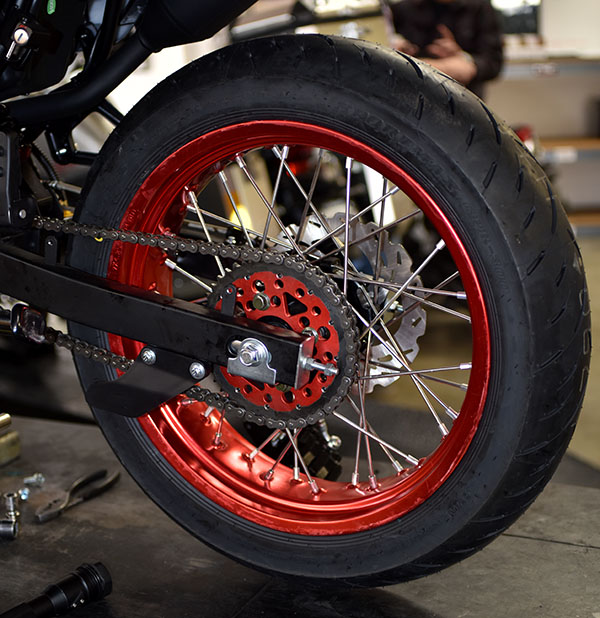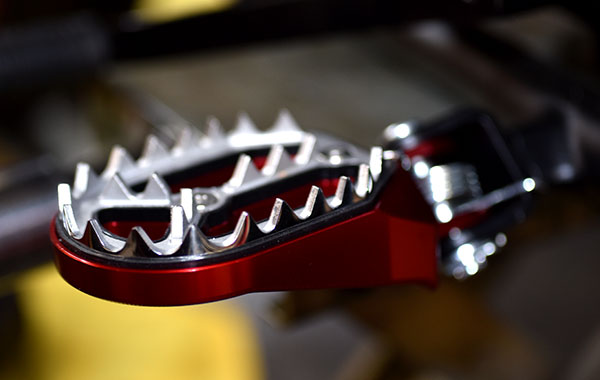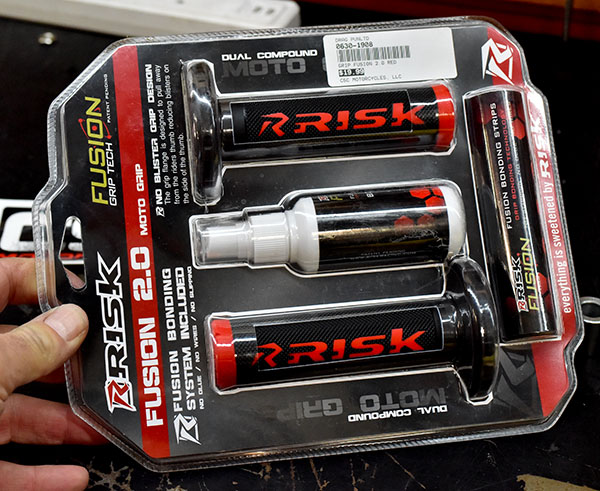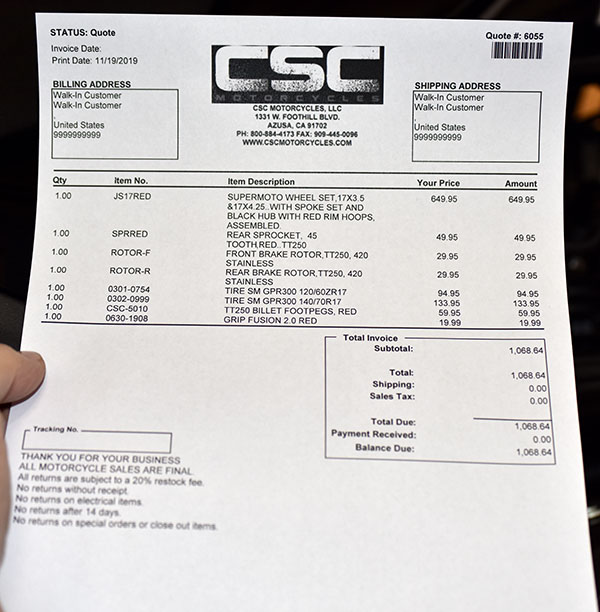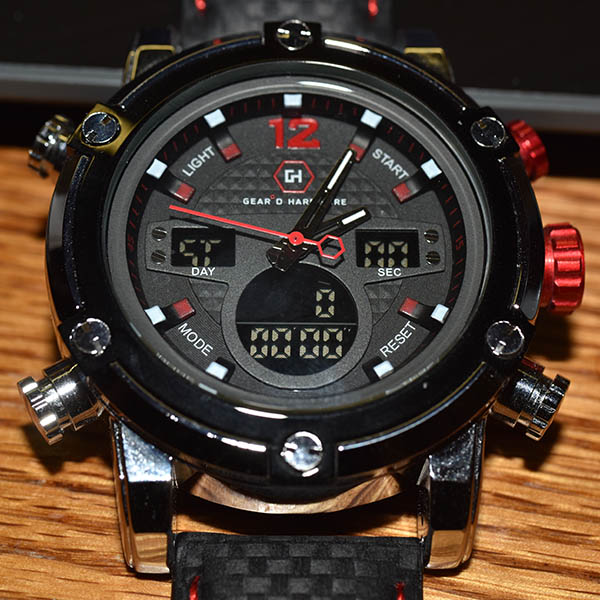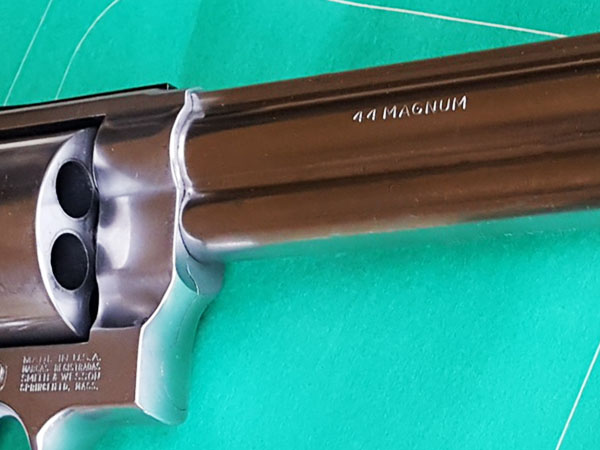
I’m not the Joe in this story, nor is Joe Gresh. Nope, this is something altogether different…a guest blog by our good buddy Art, and it touches on a topic near and dear to my heart, the .44 Magnum Smith and Wesson Model 29. Let’s get right to it, and that would be Art’s blog on his friend, Joe, and their experiences with the mighty Model 29.
Joe Abbott was one of South London’s finest characters. Probably in his mid-fifties, this tough looking, gruff-talking individual of which at least one in three words was an expletive, was also a man of many diverse talents. He’d been in the fruit & vegetables and meat trade, blue movies, and had settled in the more lucrative scrap metal trade.
But what made Joe such so endearing was that he always came to the shooting club with a 6.5” barrel, lusciously-blued, S&W Model 29 tucked away in a suitable shoulder rig. This unloaded piece was also kept in fine company by a bullet belt with about 8 rounds.
Joe always graciously allowed people to handle his .44 Magnum. This experience was always accompanied by lurid stories about just how many engine blocks it could destroy and the unsavory whack the shooter would receive.
It was 1975, and I had not yet seen “Dirty Harry,” but the repeated references were made and after coming out of the cinema, I realized that I really needed one.
Getting a Firearms Certificate (FAC) in the UK is a drawn-out procedure and you must join a reputable shooting club. Once done, I obtained a ‘slot’ on my FAC for a 6”, Model 29-2 which I bought through “The Saddlery & Gunroom” in Biggin Hill, Kent – and which still exists today.
And so it came to be that on one fine October evening in 1981 I found myself on the “Stone Lodge” shooting range in Dartford, southeast of London – now long defunct due to the UK’s continuing anti-gun stance.
The dozen or so, pistol booths, divided by plywood walls had battered wooden counters which bore a few scattered marks of various NDs over the years.
With some trepidation, I partially loaded op the cylinder with 240-grain Federal JHPs, took my stance and gently bought the gun up one-handed as I had been taught for slow-fire. Joe Abbot’s biblical warnings returned to me when the next thing was a thunderous muzzle blast, a blinding flash that seemed to light up the skies and a mule’s kick to my right hand, which was still clutching my 44 in a near-vertical position.
“You OK, mate?” came a voice from the booth next to me. It seemed that the flimsy plywood had not been sufficient in dampening the 44’s roar.
When my fellow shooter peered into my booth, he found me gazing open mouthed at my new piece which I had placed on the counter, wondering what the hell I had just bought. That evening I only put five more rounds through it, the standard Goncalo Alves grips with its sharp checkering not giving any quarter.
The .44’s reputation preceded me, so every time I took it to any range, there was always a healthy line of people wanting to shoot it, and who offered their pieces in return to fire, which allowed for a good experience with a wide range of guns. One of the club’s members downloaded my brass into .44 Special loads, easing up the load on my gun and my wrist.
In 1997, the whole thing came to an end when the British government banned all handguns in private possession. Along with 40,000 law abiding sports men and women all over the UK, I was commanded to go to a local police station of their choice and hand in my 44 and Walther GSP .22 target pistol, never to be seen again.
As rumors persisted that the higher end guns would be stored for some years and then sold to lesser restrictive countries, I had written my full name and address inside the grips of both guns.
In 2015, I became a proud ‘Documented-American-In-Waiting’, my AZ residence allowing me to enjoy an unprecedented freedom that no other world country could dream of offering. I would continue to dream of owning another part of identical S&W history, despite the steep prices to which they had climbed over the years.
In the ever-increasing universe of polymer self-loaders, the appreciation of the traditional steel has begun a steady upwards trend. Revolvers with their near-clockwork mechanism are becoming increasingly in demand, especially from the younger shooters. Ex-police guns, predominantly the stainless autos, have found their way into the civilian market and are hungrily bought by discerning citizens who are swayed by historical interest and the very affordable prices.
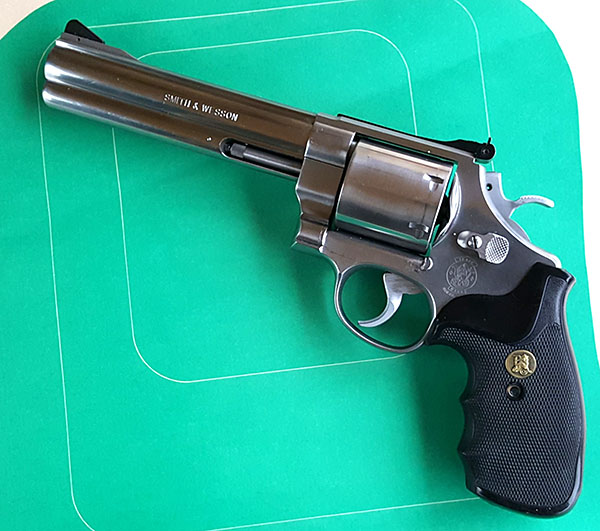
One fine day, and at half the price of the blued ‘Dirty Harry’ model, a 6” stainless .44 Magnum Hunter Classic with unfluted cylinder followed me home from one of the Phoenix shows. The continued underlug, ventilated barrel rib, resembling the beautiful Colt Python, and Pachmayr grips sounded the bells of seduction. I was well and truly on the rocks.

Those 38 years must have dulled my initial reactions to Joe Abbott’s apocalyptic performance figures since I pointed my Model 29-2 downrange for the very first time. Perhaps it was the increased weight of my new piece that seemed to have tamed the ferocious recoil, or having fired a great many handguns of various calibers. Whatever, happy days are here again and I’m privileged to enjoy the 228-year-old rights and privileges that all Americans are born with. Long may it continue.
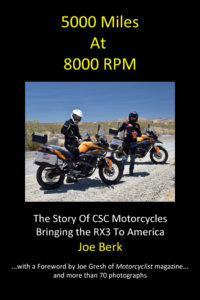 Art, I could not have said it better myself. Well done, and thanks for your guest blog. I enjoyed reading it and I’m sure our readers will, too. We’re glad you’re here in America with us, and it’s always good to hear from a fellow .44 aficionado (how’s that for alliteration?). Please shoot us a copy of your snail mail address, Art, and we’ll send to you a signed copy of 5000 Miles At 8000 RPM as a small thank you for helping us make the blog a success.
Art, I could not have said it better myself. Well done, and thanks for your guest blog. I enjoyed reading it and I’m sure our readers will, too. We’re glad you’re here in America with us, and it’s always good to hear from a fellow .44 aficionado (how’s that for alliteration?). Please shoot us a copy of your snail mail address, Art, and we’ll send to you a signed copy of 5000 Miles At 8000 RPM as a small thank you for helping us make the blog a success.
And to the rest of our readers: Do you have an idea for a guest blog? It can be any topic: Motorcycles, watches, guns, bicycles, travel, photography, and more. We’d love to hear from you. Write to us at info@exhaustnotes.us!
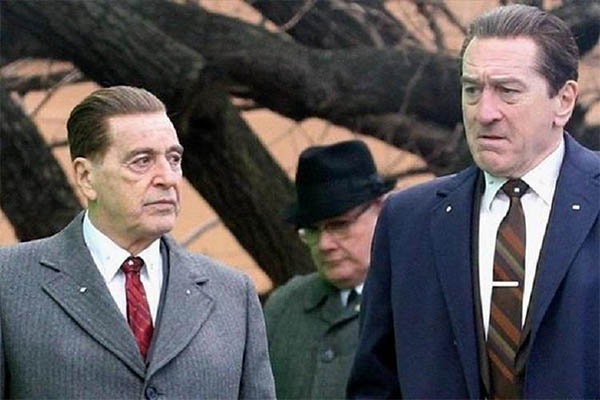

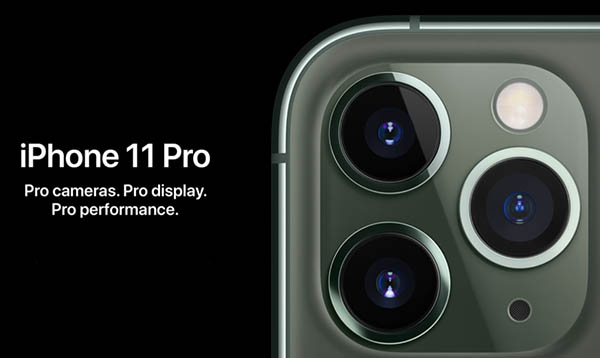

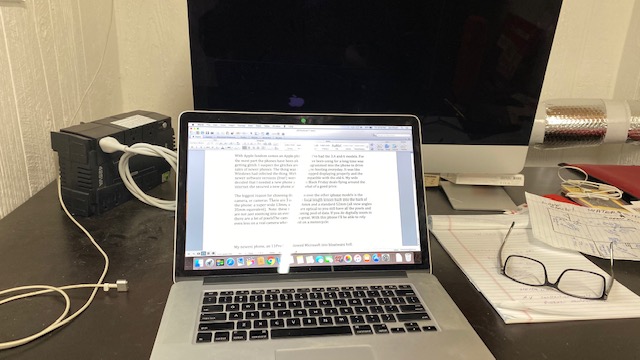
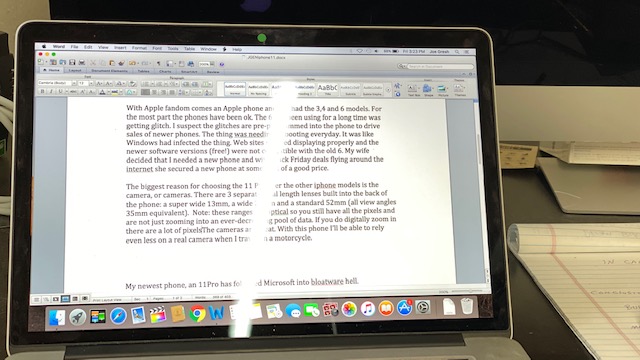
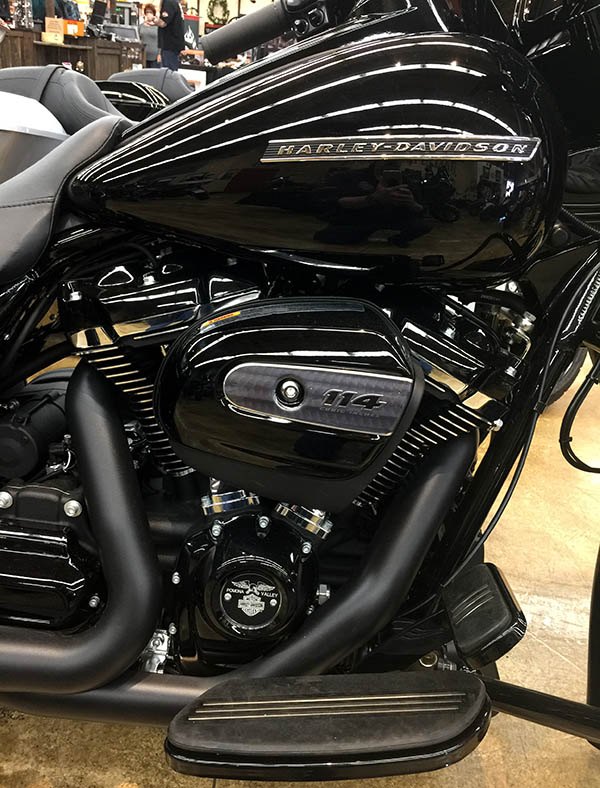
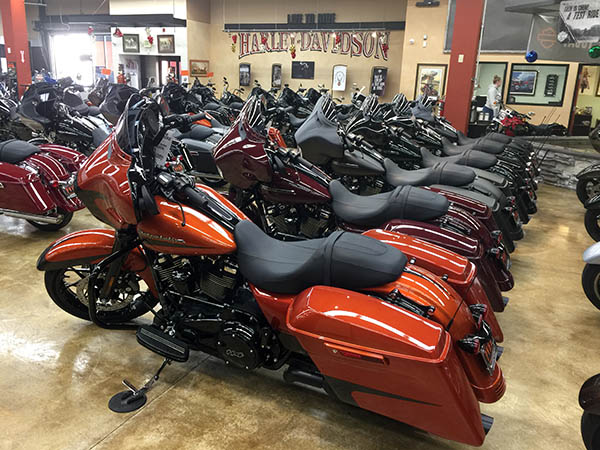
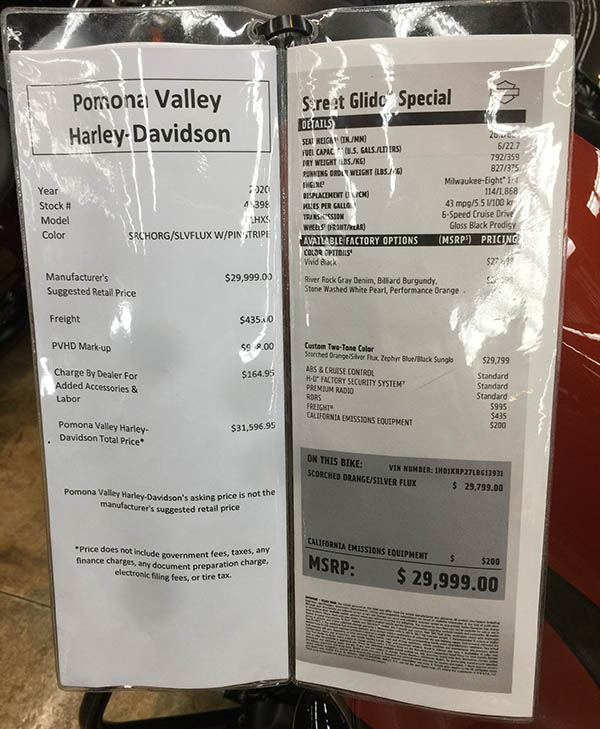
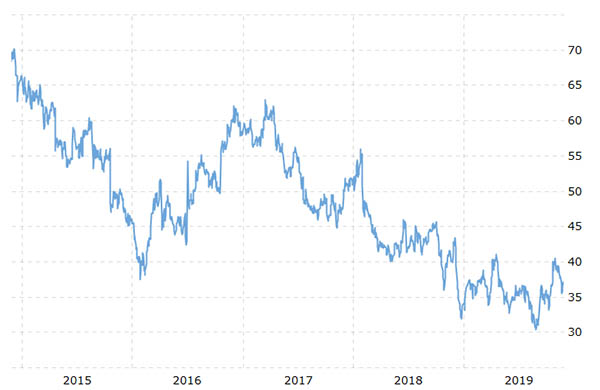


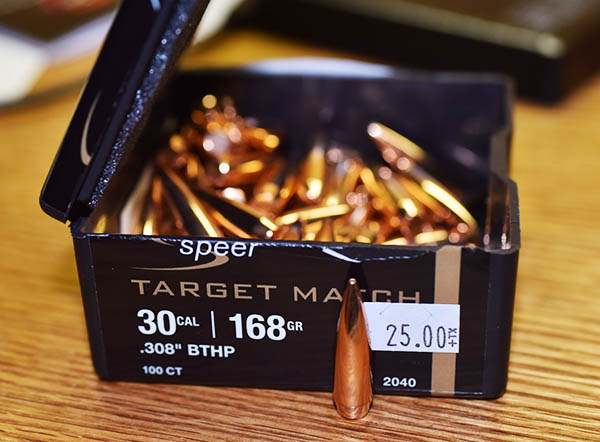
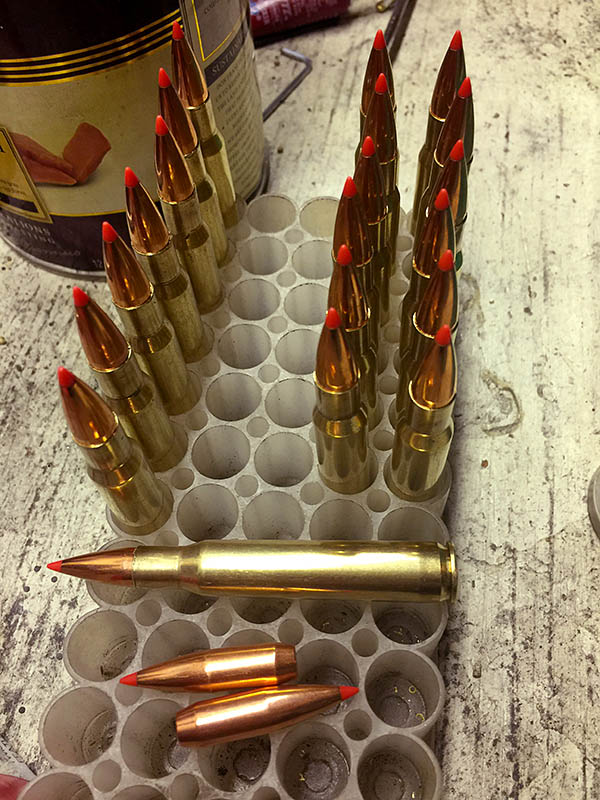
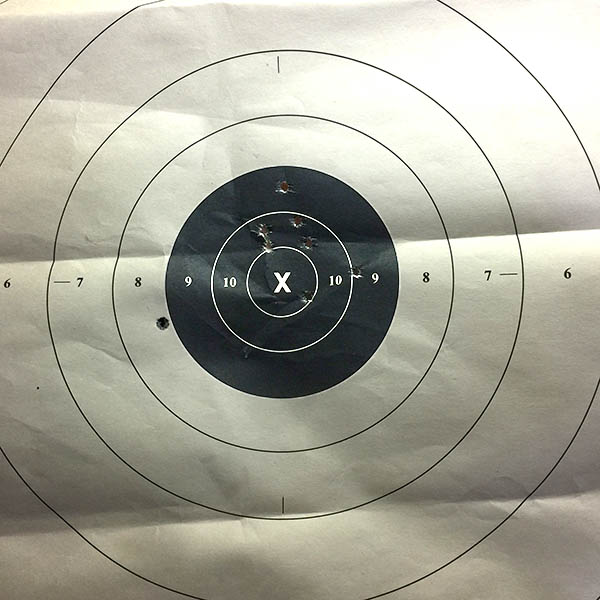
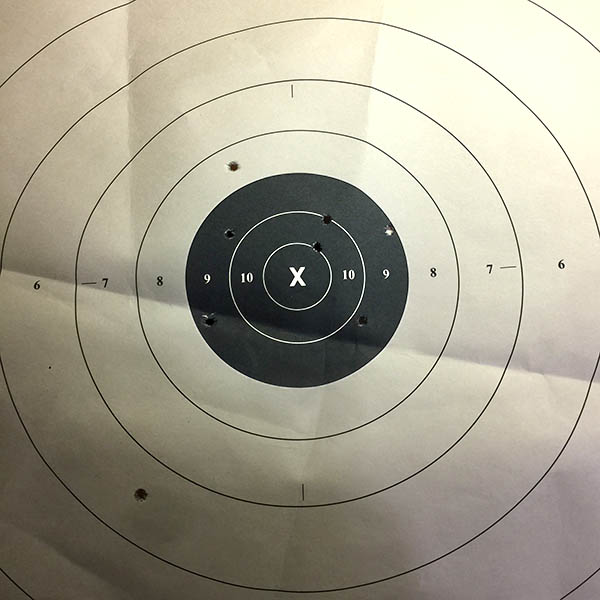
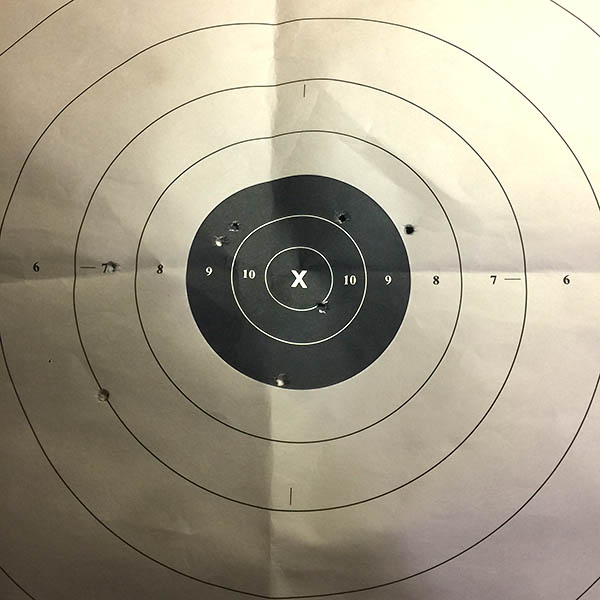
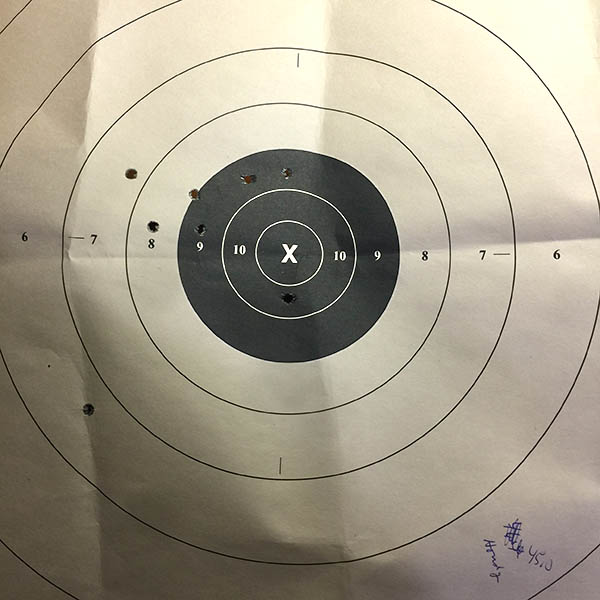
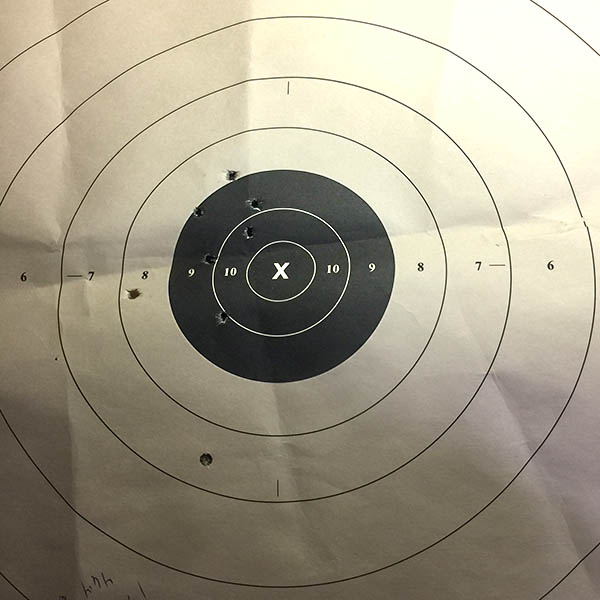
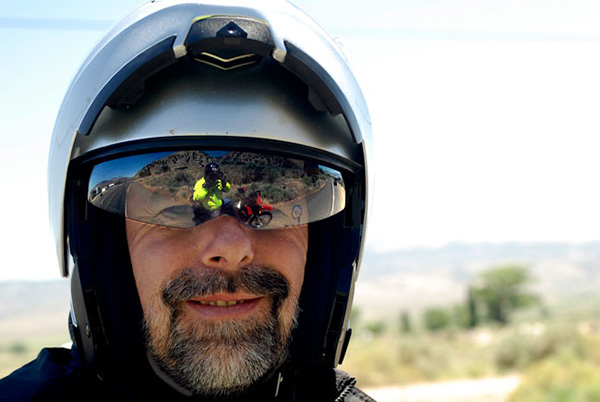
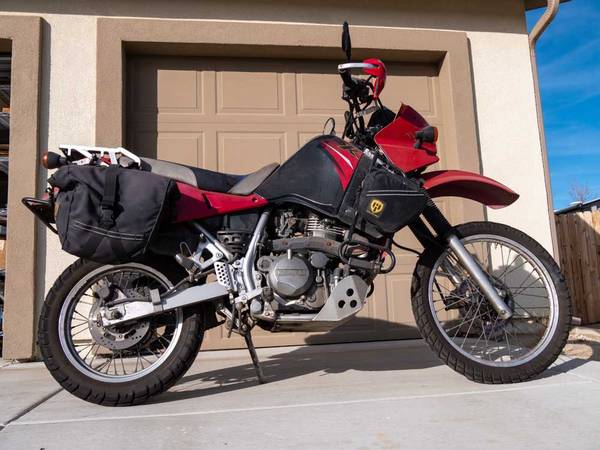
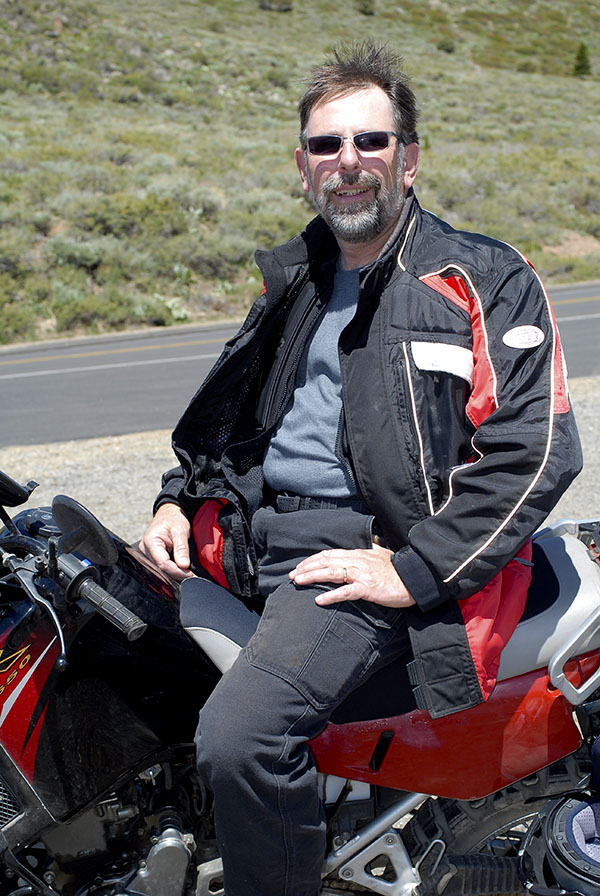
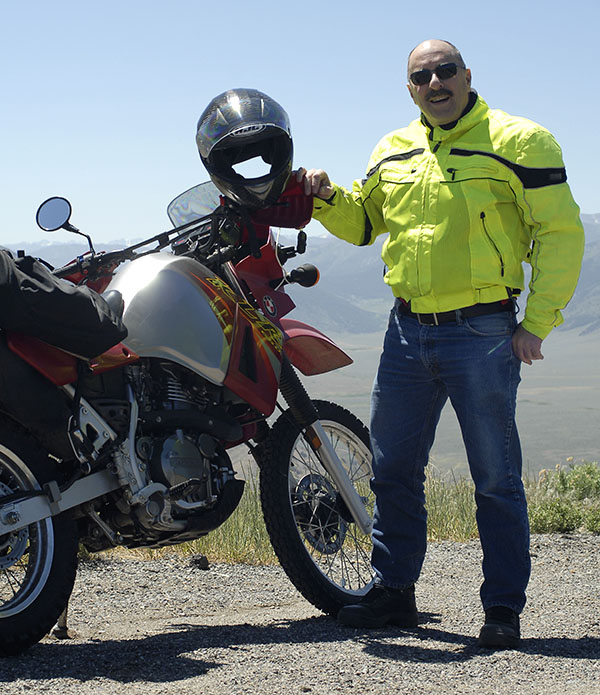
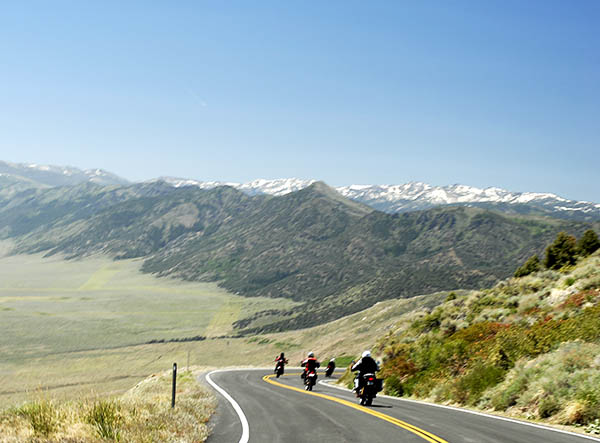
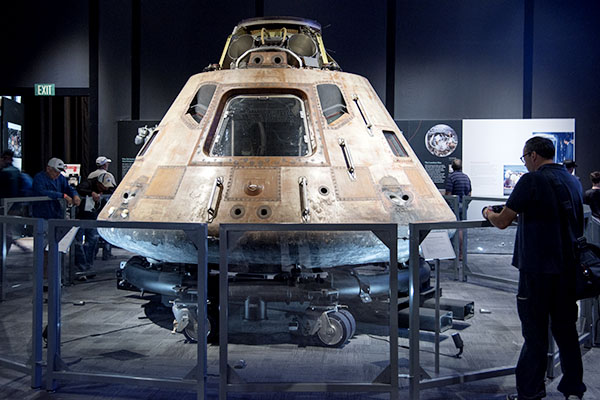
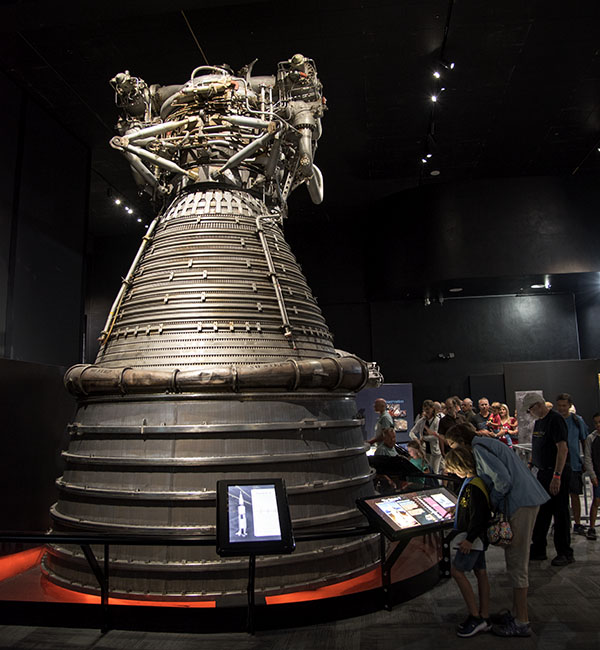

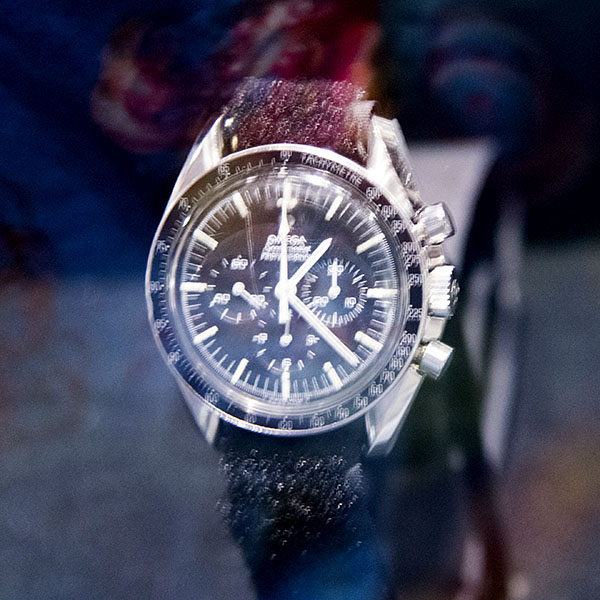
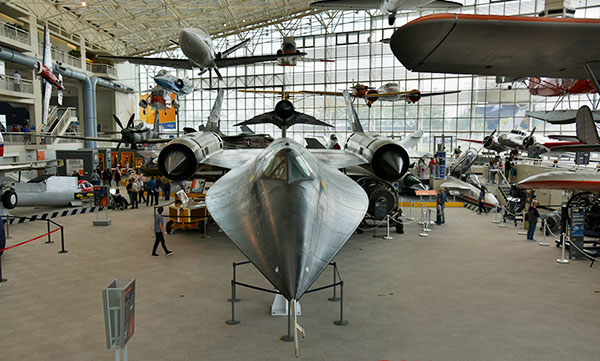
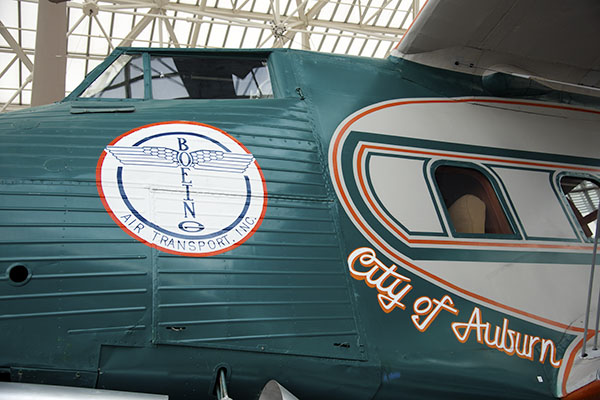
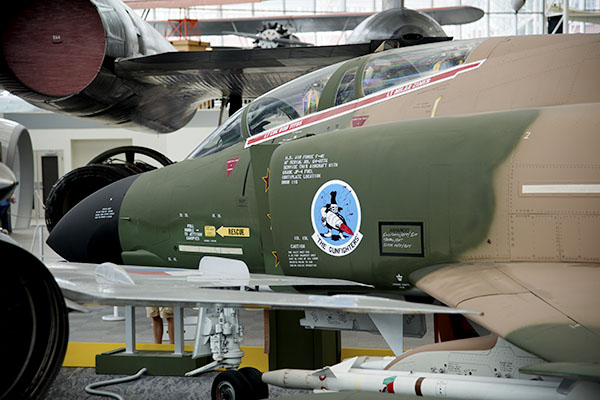
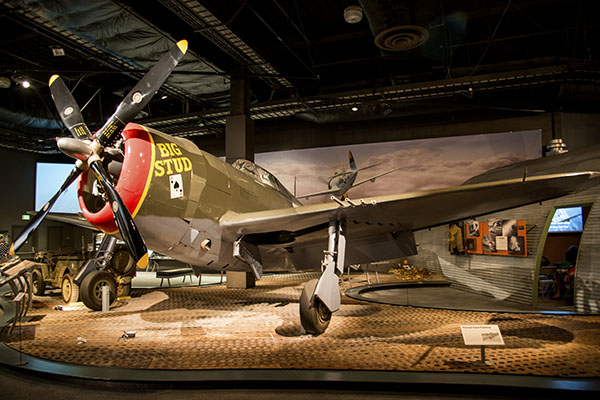
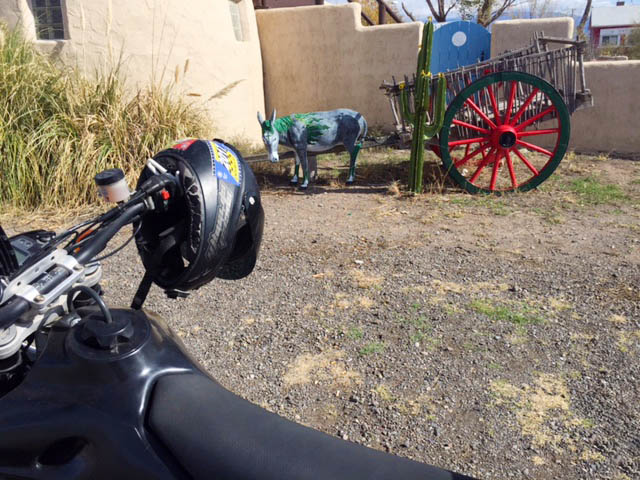
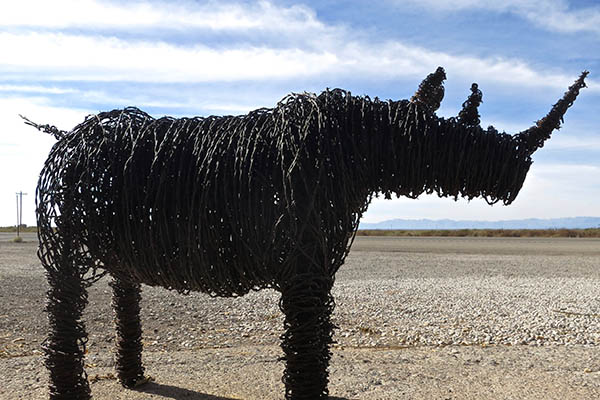
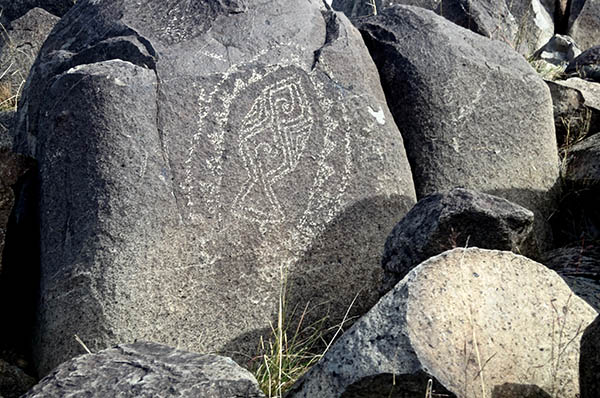
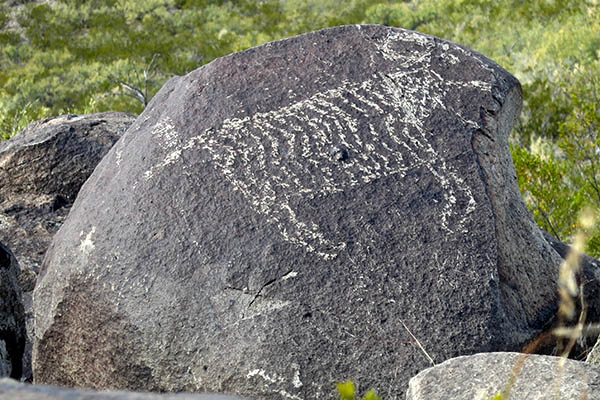
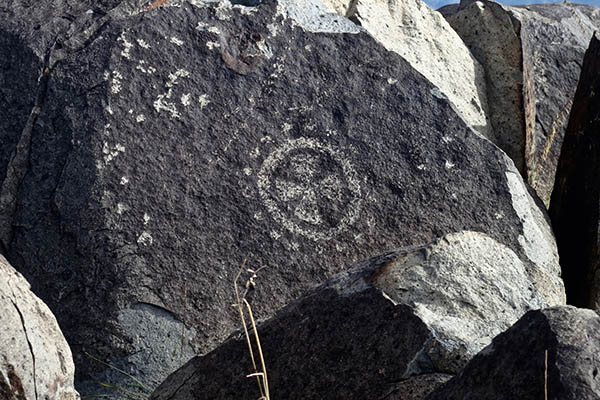

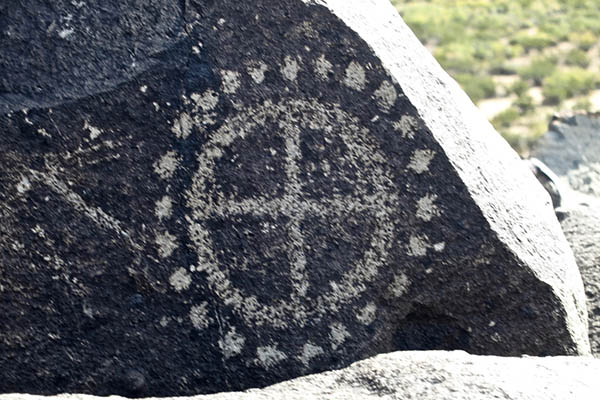
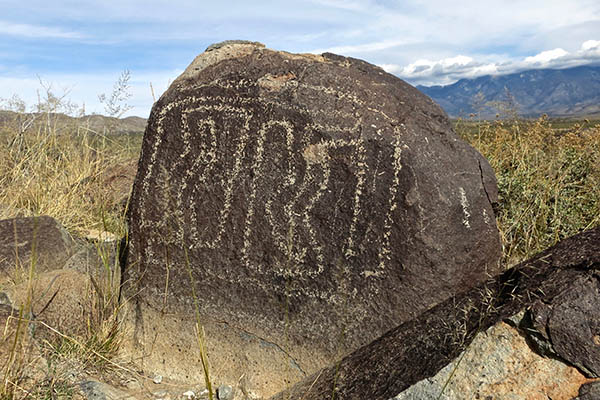





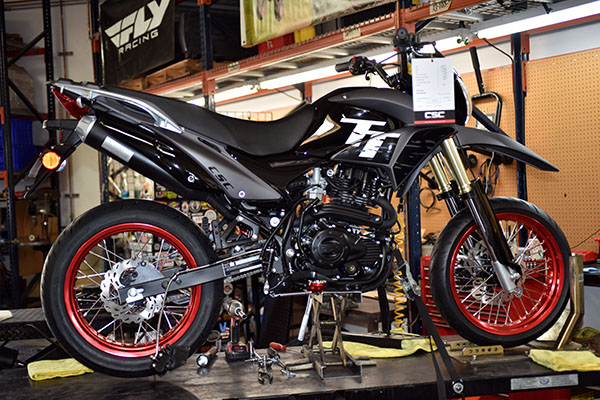 I stopped by to visit with the boys at
I stopped by to visit with the boys at 